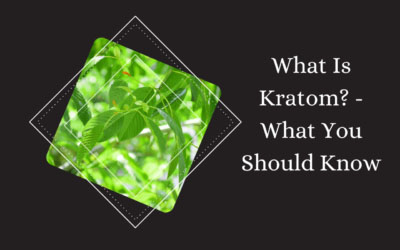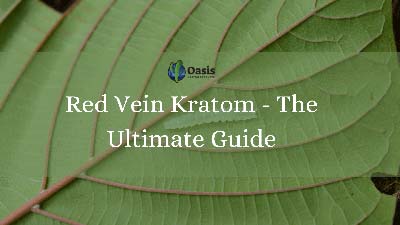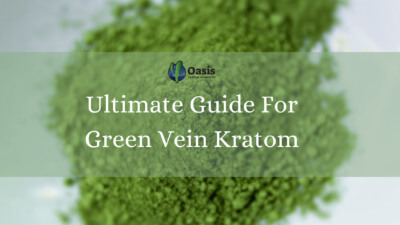Kratom is native to Southeast Asia where it grows along river banks and in the forest. This herb is prominent in Indonesia, Malaysia, and Thailand. Kratom harvesting is an art that is practiced by skilled farmers. There is a lot involved with processing kratom, and this is a vital part of producing high-quality kratom.
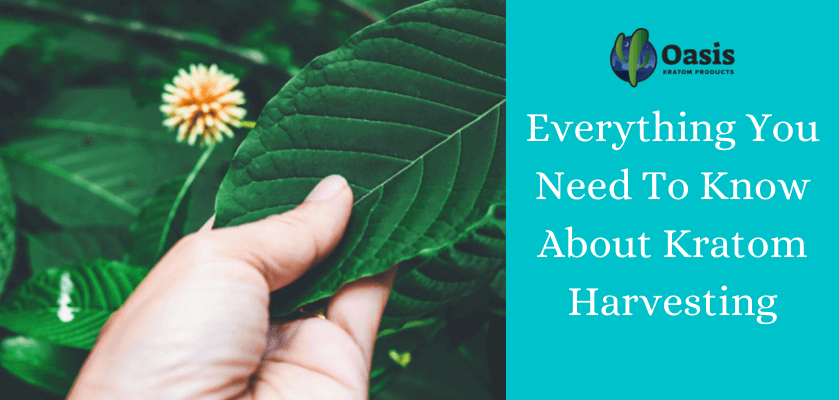
Growing Kratom
The climate in Southeast Asia is very humid. Mitragyna speciosa thrives in these tropical conditions allowing it to grow tall and produce a mass amount of kratom. Some kratom trees have been recorded as reaching up to 80 feet in height.
The leaves are typically a bold green and have a glossy texture to them. They are evergreen trees that will produce leaves year-round. This allows farmers to harvest all year rather than seasonal. Mature leaves will fall from the trees, but more will be produced. This is all part of the mitragyna speciosa’s life cycle.
While you will find many kratom trees growing naturally in the wilds of Southeast Asia, many farmers will plant and grow their own trees. It will require an area that contains rich soil and gets plenty of sunlight.
While a consumer could try to grow kratom outside of its natural habitat it will prove to be difficult. Kratom trees need very hot and humid climates to thrive. These trees are not able to handle cold temperatures and frost. This is why it is hard to grow kratom outside of its natural habitat. The majority of today’s kratom still comes from Southeast Asia. Indonesia happens to be the largest export hub for kratom.
Controlled Growing Environment
Kratom can be harvested from trees that grow in the wild. However, the highest quality kratom comes from farmers who grow kratom in a controlled environment. To produce top-quality kratom, farmers have to grow their kratom trees where they can control the sunlight they receive, as well as soil consistency and temperature.
Farmers have learned along the way that growing kratom trees in a controlled environment allows them to produce better quality kratom. All variations in the growing climate will create a difference in the products that are produced.
Farmers will ensure that the kratom trees get all they need under their care. They will control the amount of sunlight, the soil, and even the temperature. All of these things have to be monitored very closely and regulated to ensure their crop is among the best. Believe it or not, the slightest variation in these conditions could cause their crop to be low-quality.
However, being able to produce kratom in a controlled environment is not easy. The process is lengthy, and farmers must continuously monitor their crops. While kratom can produce enough alkaloids within a year to be harvested, it can take up to three years for a tree to see its first harvest.
Kratom Harvesting
As you know, kratom can vary in size, color, and potency. Just looking at the leaf a farmer would be able to tell you what strain he is working with. There is a central vein that runs through the leaf. As the leaf gets further along in its life cycle it will transform from one color to the next. These colors play a significant role in the alkaloid content within the kratom leaf.
All kratom veins will start as white. This signifies that the leaves are young. If harvested, this type of kratom will be more subtle in its support. Green is the next vein color. It signifies that the leaf is at the midpoint of its life cycle. It will produce stronger wellness support than what is offered by white variants.
Last you have red vein kratom. This is the most mature form of kratom. It will produce a robust alkaloid content, which is heavily sought after in the kratom community. However, everyone is different and the three vein colors will give you the chance to choose a strain that will suit your needs.
What you should understand is that the coloration of leaves is not a pre-determined factor. The leaves will change because of several variants, which include genetics, maturity, and also the amount of sunlight the leaves received while growing.
The farmer will decide when the leaves are ready for harvesting. Yellow is the fourth vein color, but it does not occur naturally. This vein color is the product of a specialized drying process. Not all farmers will offer this variant, which makes it a rarity in the kratom community.
It comes down to experience, as it takes time to become a skilled kratom farmer who can produce high-quality products. Farmers must be able to closely observe their trees and dictate when is the best time for harvesting.
Maturing kratom leaves will signify a change in the chemical balance. So, the amounts of mitragynine and 7-hydroxymitragynine will shift and cause the plant to have a different support level as compared to other vein colors. Typically, as the leaf matures it will have less mitragynine and more 7-hydroxymitragynine.
This shift will cause the vein and stem colors to change. This is why the vein colors play such a significant role in the support that it offers. Farmers will determine when is the right time to harvest their kratom crop according to the type of kratom they are trying to produce.
Kratom harvesting is one of the most important aspects of the finalized product. It will ultimately determine the alkaloid content within the kratom product. Leaves will be harvested at the point in which a farmer fills they have reached the right maturity levels. So, you can see why experience plays a factor in the way kratom is harvested. The farmer will dictate when a crop is ready to be plucked.
Drying, Curing, and Grinding
When a farmer has determined that the leaves are ready to be harvested, they will pluck the leaves and wash off any dirt, dust, and debris. This is very important as the leaves will be dried and then ground into a powder. You do not want any contaminants to be on the leaves before it is ground into a powder. Lab testing will be needed to determine if the crop has any contamination once it has been ground into a powder.
Once the leaves are clean, they will be hung on large racks to dry. They can either be dried indoors or out in the sun. This too will determine the alkaloid content. The alkaloid profile of a leaf will be determined according to how much sunlight it receives during the drying process.
There have been kratom strains created just by extending or changing the drying process. A good example of this would be Bentuangie kratom. This type of kratom goes through a fermentation process. It provides the leaves with a very distinct alkaloid concentration that is highly sought after.
The leaves will be collected and placed into black bags to ferment. It is during this time that they produce a distinct alkaloid profile that is not offered in other forms of kratom. However, it takes extensive knowledge on the farmer’s part as you do not want to leave the leaves to ferment too long. So, they will have to be taken out of the bags within a specific time frame. This ensures you are left with a crop that is safe for use.
Let’s do a quick recap. Farmers will determine the optimal time to harvest the leaves. The leaves will then be washed to ensure all impurities are gone before they are left to dry and then ground into a powder. Once this is done, the farmer will select the best leaves to hang and dry. The drying process is crucial as it is during this time that alkaloid content will reach its peak levels.
This brings us up to the point where the leaves will need to be ground into a fine powder. Industrial grinders will be used to help ensure the powder reaches the right consistency. In ancient times, a mortar and pestle would have been used. However, with modern technology, this step of the process has been simplified.
Packaging Kratom
Once kratom has gone through harvesting, curing, and grinding, it will then be packaged. It is at this point that the farmer or vendors have to determine what type of product is being sold to their consumers. These products could include:
- Kratom Powder – Of course, the easiest form of kratom for vendors and consumers. It also offers the best pricing. The finished product would just be put in vendor packaging at this point. It would come from the farmer to the vendor already to package.
- Kratom Capsules – Many vendors will offer kratom capsules. Capsules are a great option for those who do not want to fool with measuring out powder.
- Kratom Extracts – Extracts can be created by using powder. Customers can choose to make their own extract or purchase them from a vendor. This will be a concentrated form of kratom, so a little will go a long way.
Kratom powder is the most popular form of kratom. It gives the user a chance to create their own kratom products. It is the most economical choice as there is no extra processing that goes into making kratom powder.
Lab Testing
Kratom is an all-natural product, which also means that its potency will decay over time. So, you should never purchase more kratom than what you are going to use. Many kratom vendors will go the extra mile and offer lab testing on their products. This will ensure the quality and potency of their kratom.
All vendors who want to be endorsed by the American Kratom Association will need to conduct lab testing on their products. This is just one quality assurance measure that the AKA has put in place. However, consumers need to work with vendors who conduct this type of lab testing. It is the only sure-fire way to buy kratom that is free of all contaminates and pure kratom.
Oasis Kratom
When searching for a high-quality kratom vendor, you have come to the right place. We are a part of the American Kratom Association and adhere to all GMP regulations that they have put in place.
This ensures you are getting products that are free of all contaminants and proves you are getting all-natural Mitragyna speciosa. We strive to offer our customers high-quality products, as well as exceptional customer support.
You will notice that we offer a large range of strains which includes Maeng Da, Malay, Bali, Borneo, and much more. We even offer Yellow vein kratom which is a rarity in the kratom world. This allows you to choose a product that will suit your needs.
Do not hesitate to reach out to us if you have questions about kratom harvesting or the products that we offer. We hope that this blog helped you understand the process behind kratom products.



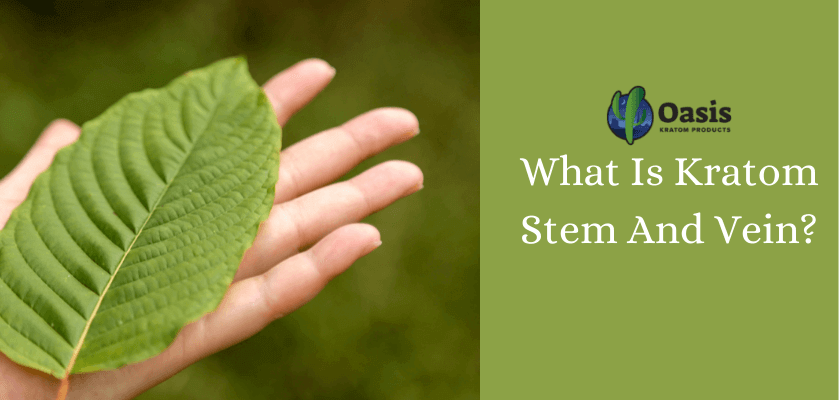 What Is Kratom Stem And Vein?
What Is Kratom Stem And Vein?
 Best Methods For Storing Kratom
Best Methods For Storing Kratom
